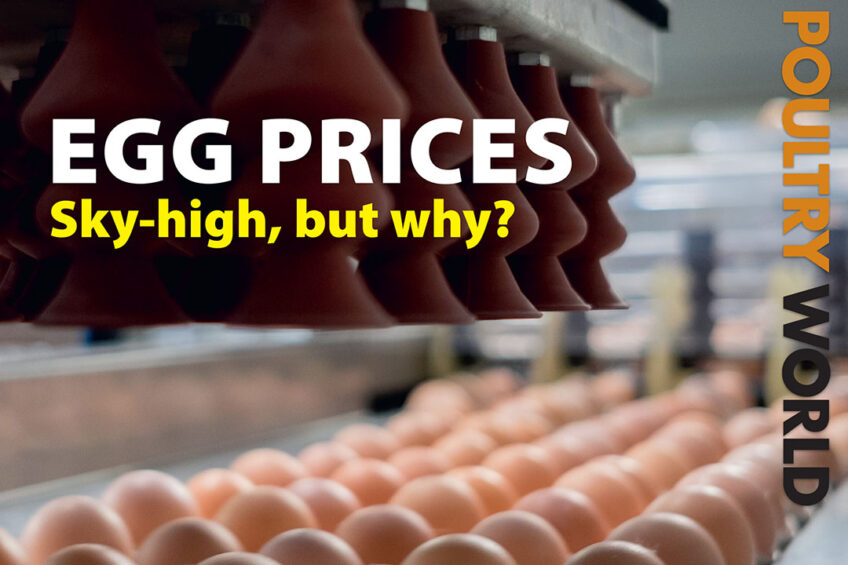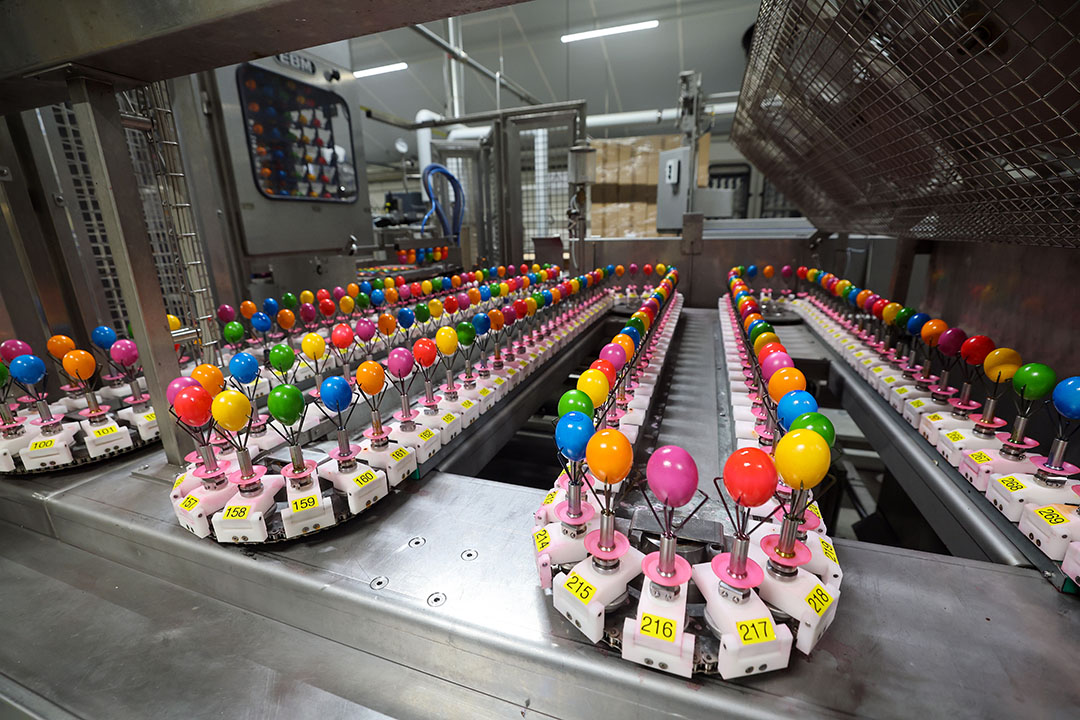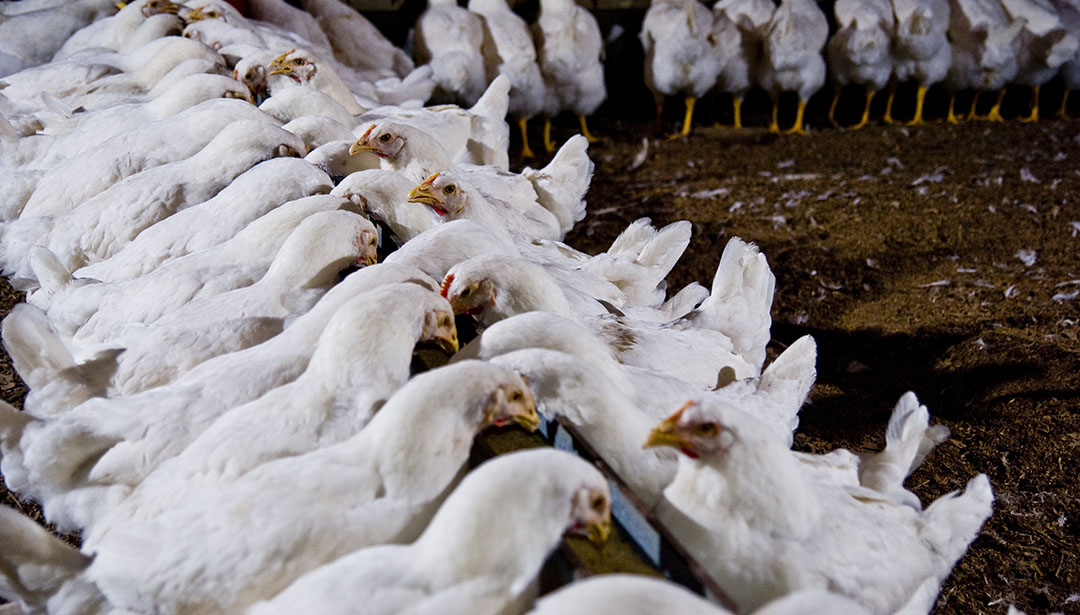Soaring egg prices in the latest online edition of Poultry World

This edition of Poultry World looks closely at the factors behind the soaring egg prices in the US as well as the impact of the avian influenza outbreaks in the country. Then, the importance of pinpointing the root cause of hen mortality, insights into biomarkers and machine learning and the reason why some lessons are best not learnt. Also, why is Rabobank counting on China to import less soya?
Sky high – but why?
The price of a dozen eggs in the US reached US$3.59 in November 2022, compared to US$1.72 a year prior. Why were prices so high? Poultry World investigates.
Two waves, different routes and changing dynamics
Some 306 avian influenza outbreaks hit the US in 2022 and resulted in the loss of more than 57 million birds, mostly laying hens and turkeys. The 188 outbreaks in the first 6 months of 2022 were triggered by infected migratory birds using the Atlantic and Mississippi routes, while the 118 outbreaks in the second 6 months were triggered by migratory birds using the Pacific and Rocky Mountain routes, as well as the Mississippi route. This article goes into detail, and also considers the impact on production and retail prices.
South Africa’s chicken meat production to increase in 2023
The South African Poultry Association has invested almost US$80 million since 2019 in the expansion of production facilities to support new commercial farmers. It is a good thing, then, that the USDA estimates that chicken meat production and consumption will increase this year. Meanwhile, South African poultry companies are expected to yield significant profits in 2022, largely due to the higher prices of poultry both domestically and internationally.
The bigger picture
Five machines run 24/7 turning out these beautifully-coloured hard-boiled eggs – why?

Biomarkers and machine learning give early warning
According to DSM’s senior director, precision nutrition and health, Scott Cavey, using an early-warning system based on blood biomarkers (where disease begins) and big data techniques (precision livestock farming tools) helps uncover opportunities for productivity improvement and loss prevention.
Understanding hen mortality at peak production
While several factors can cause high hen mortality, including management issues, diseases, photo stimulation or feed formulation, it is crucial to perform a regular post-mortem programme to pinpoint the problem.

Rabobank is counting on China to import less soya
China is the destination of more than 60% of the world’s soy, which is used primarily in animal feed. But, the country decision to become less dependent on imports of animal feed raw materials, including soya, will have far-reaching consequences for the supply chain, according to a Rabobank report.
Ukraine’s livestock sector needs post-war assistance
Huge losses are being felt in Ukraine’s livestock sector with the country losing an estimated 30% of its total livestock by the time this war is over. It has become clear that global assistance is necessary to get the sector back onto its feet when the hostilities come to an end.

Challenging times demand focus on details
At the recent Northern Broiler Conference in North Yorkshire in the UK, a number if pertinent topics were discussed. In this article we look at the highlights from the conference, including discussions on the future research and development in slower-growing breeds as well as coccidiosis control for slower-growing broilers, a slightly higher ambient temperature for chicks, vaccinations, and the best approach for dealing with economic pressures.
Column: What would grandad do?
Columnist and researcher at Wageningen University and Research, Rick van Emous, gives the example of comb clipping, which used to be a common practice, to demonstrate the importance of not automatically applying the same management methods as previous generations did. Interesting!
Join 31,000+ subscribers
Subscribe to our newsletter to stay updated about all the need-to-know content in the poultry sector, three times a week. Beheer
Beheer











 WP Admin
WP Admin  Bewerk bericht
Bewerk bericht